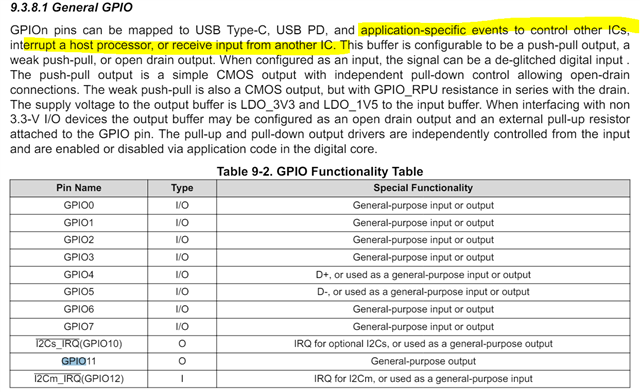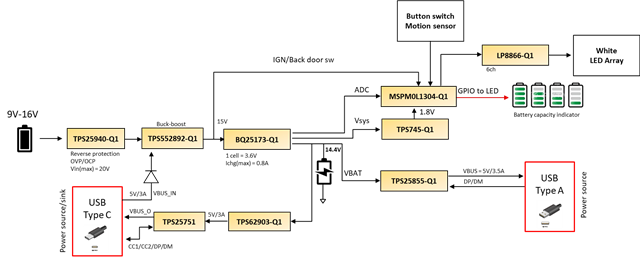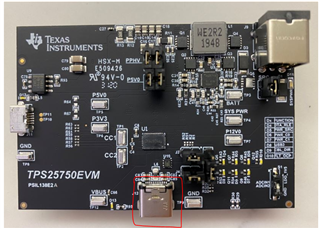Other Parts Discussed in Thread: BQ25792, TPS25750, TPS62903, MSPM0G3507
Hi Team,
I would like to check two items with you.
1. Do we need to set any initial code for TPS25751 via I2C? I asked because I see there is EEPROM on EVM. Not sure if it needs in real design.
2. Can I use DP/DM(GPIO4/5) to control TPS25751 GPIOs and TPS25751 I2C master bus?
Regards,
Roy














